Managing blood sugar and blood pressure doesn’t have to mean complicated diets or bland meals. With a smart weekly meal prep strategy, you can take control of your health—one delicious, balanced plate at a time. This sustainable blueprint is designed specifically for people managing hypertension and insulin resistance, offering coach-style guidance, practical form notes, and easy modifications to fit your lifestyle.
Consistency is key when it comes to metabolic health. Fluctuating blood sugar levels can increase insulin resistance over time, while poor dietary choices—especially those high in sodium, refined carbs, and unhealthy fats—can worsen hypertension. Weekly meal prep helps you avoid impulsive, unhealthy choices by ensuring nutritious, portion-controlled meals are always within reach.
By planning ahead, you reduce stress on your body and mind. You’ll eat more fiber, lean protein, and heart-healthy fats—all of which support stable glucose levels and lower blood pressure.
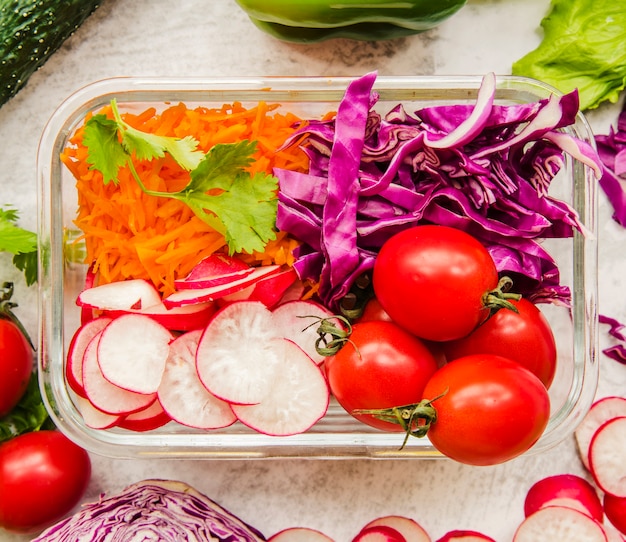
Think of meal prep like training for a fitness goal—consistency and form matter. Here’s how to maintain proper 'form' in your prep routine:
Life changes—and so should your meal plan. Here’s how to adapt without losing progress:
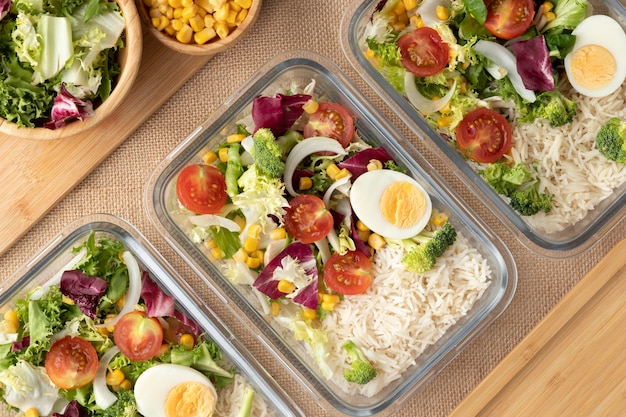
Here’s a simple, balanced 3-day prep idea:
The goal isn’t a flawless week of eating—it’s progress. Missed a prep day? Grab a rotisserie chicken (no salt added), bagged greens, and a whole grain to throw together a quick meal. The key is returning to balance, not striving for perfection.
Over time, these small, consistent choices lead to meaningful improvements in blood pressure, energy levels, and glucose control.
Weekly meal prep is more than a kitchen routine—it’s a powerful act of self-care. With this blueprint, you’re not just cooking meals; you’re building a healthier future. Stay consistent, stay flexible, and let your plate reflect your commitment to lasting wellness.

Health

Health

Health

Health
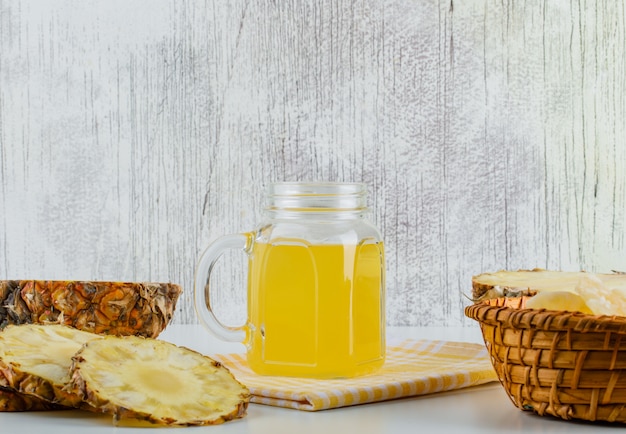
Health

Health
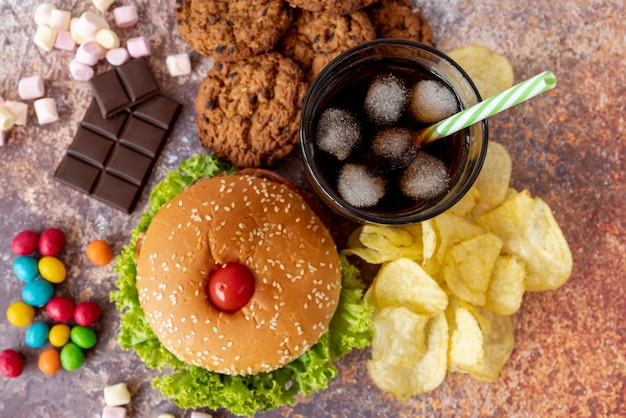
Health

Health

Health
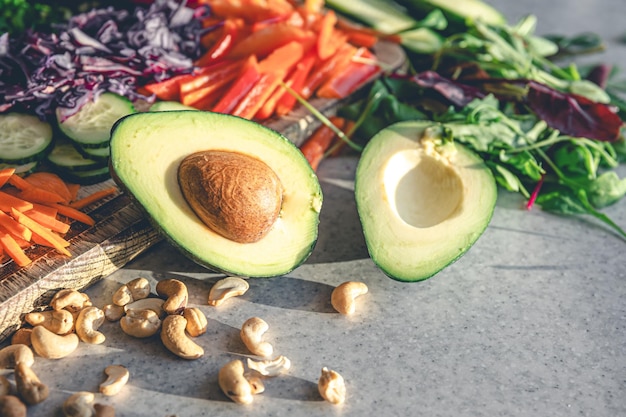
Health
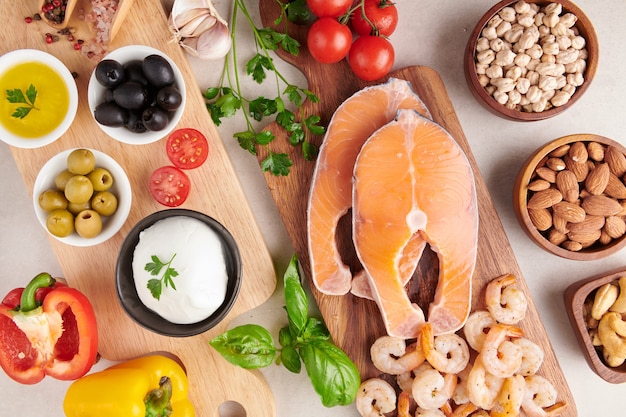
Health
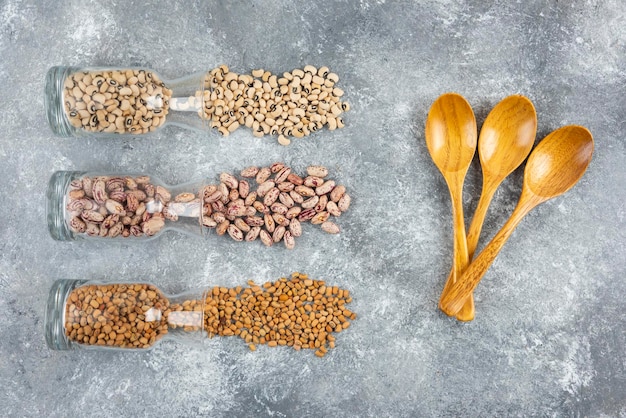
Health

Health

Fitness

Health

Health